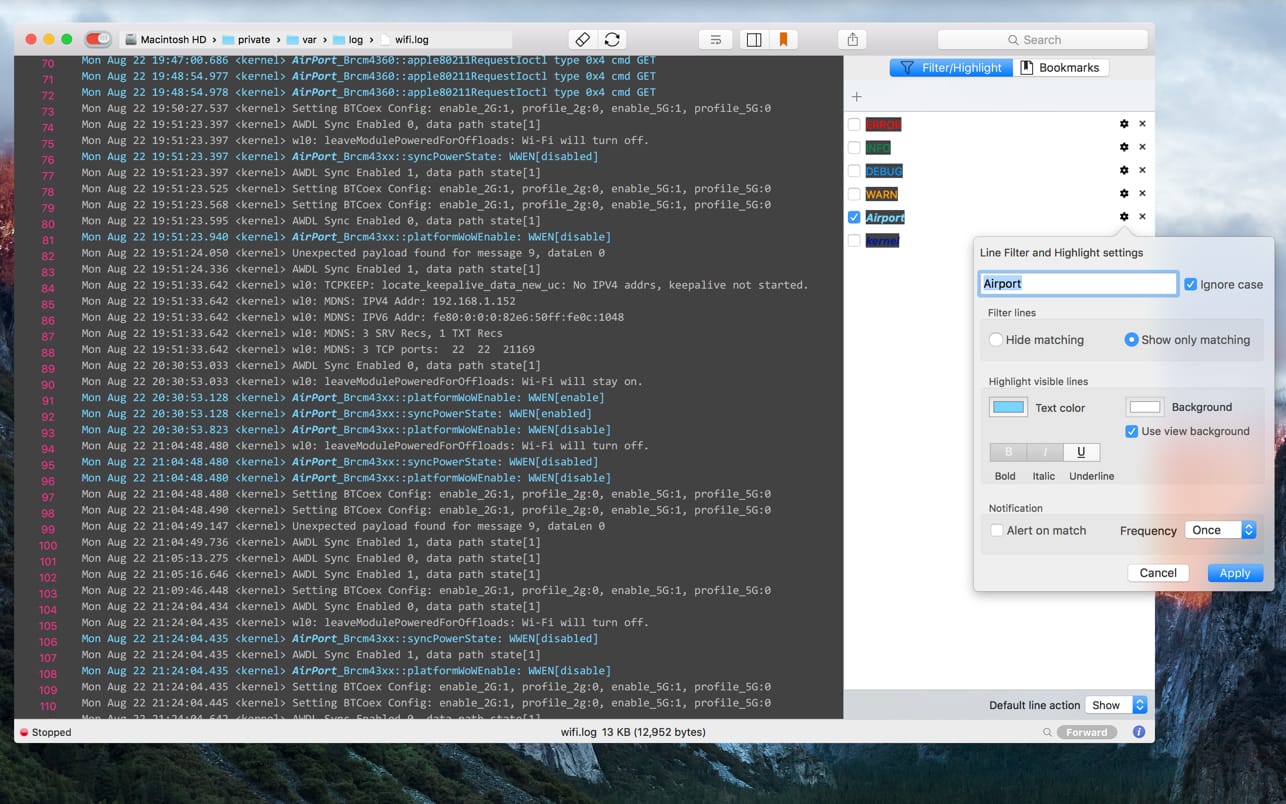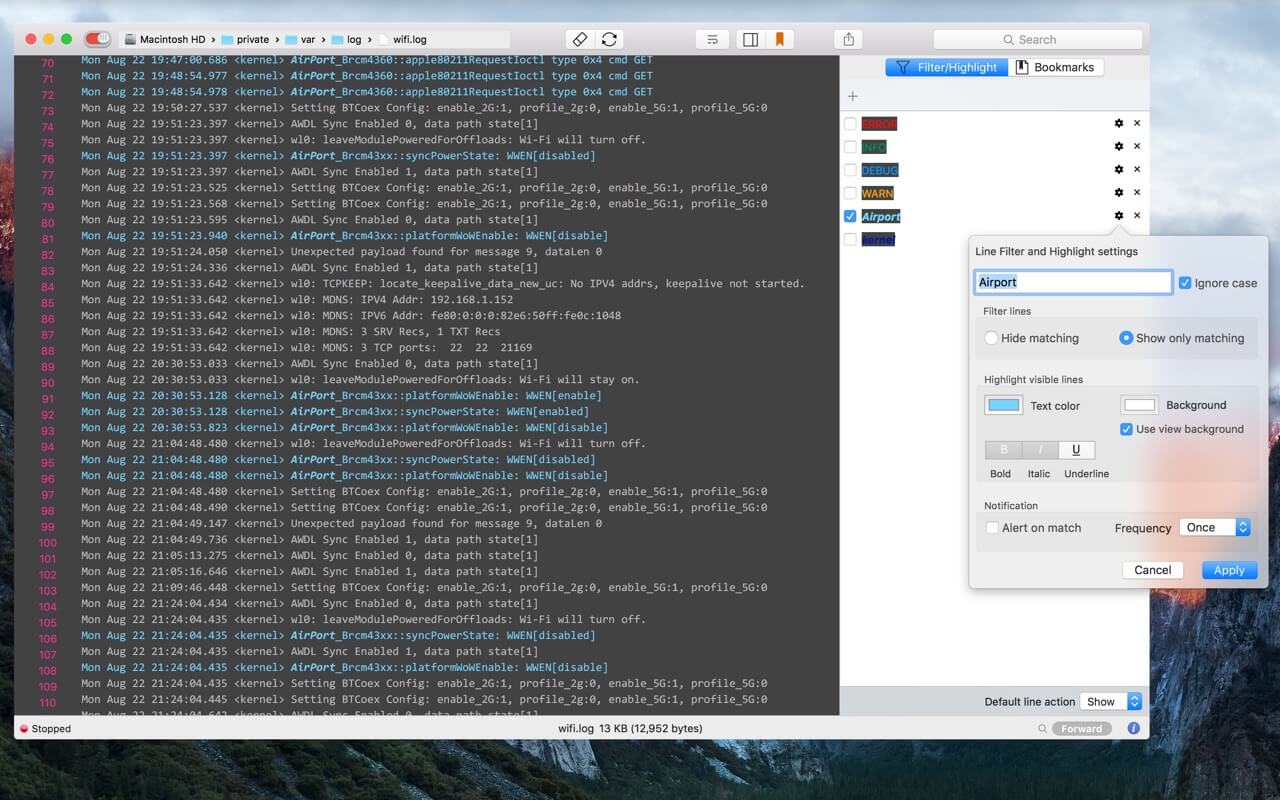

With limited space on store shelves and in traditional distribution channels, and with retailers and distributors seeking to maximize their returns, producers have tended to focus their marketing resources on a small number of likely best sellers. Grand Central is pursuing what is known as a blockbuster strategy-a time-honored approach, particularly in the media and entertainment sector. Grand Central’s most heavily marketed title incurred costs of $7 million and achieved net sales of just under $12 million, for a gross profit of nearly $5 million-50 times the average. Whereas the 61 hardcover titles Grand Central put on its 2006 front list, on average, incurred costs of $650,000 and earned gross profits of just under $100,000, a wide range of numbers contributed to those averages. The effects of this strategy show up in sales figures and profits. Of those, it spotlights just two “make” books, one fiction and one nonfiction, for which the company’s publisher is willing, in her words, to “pull out all the stops.” In the fall of 2007 those books were David Baldacci’s Stone Cold and Stephen Colbert’s I Am America (and So Can You!).
#Logtail phenominon full#
For each list the company identifies the handful of books it believes have the greatest sales potential and gives them the full benefit of its marketing capabilities. In a typical year, Grand Central Publishing (formerly Warner Books) goes to market with 275 to 300 book titles spread across two catalogs-its fall and winter lists. ♦ BLOG: Read Anita Elberse’s response to Chris Anderson and participate in this online discussion. ♦ BLOG: Read a response from Chris Anderson, author of The Long Tail, and participate in this online discussion.

Elberse outlines the implications of her research for producers and retailers, and offers strategic advice to both groups.

What she found may surprise you: Blockbusters are capturing even more of the market than they used to, and consumers in the tail don’t really like niche products much. She focused on the music and home-video industries-two markets that Anderson and others frequently hold up as examples of the long tail in action-reviewing sales data from Nielsen SoundScan, Nielsen VideoScan, the online music service Rhapsody, and the Australian DVD-by-mail service Quickflix.

The “tail” of the sales distribution curve, he says, will become longer, fatter, and more profitable.Įlberse, a professor at Harvard Business School, set out to investigate whether Anderson’s long-tail theory is actually playing out in today’s markets. In his 2006 book, The Long Tail: Why the Future of Business Is Selling Less of More, Chris Anderson, editor of Wired magazine, argues that the sudden availability of niche offerings more closely tailored to their tastes will lure consumers away from homogenized hits. What does that mean for the blockbuster strategy? But online retailing and the digitization of information goods have changed the commercial landscape: Virtual shelf space is infinite, consumers can search through innumerable options, and the marginal cost of reproducing and distributing products is low. When space is limited on store shelves and in traditional distribution channels, producers tend to focus on a few likely best sellers, hoping that one or two big hits will carry the rest of their lists. The blockbuster strategy is a time-honored approach, particularly in media and entertainment.


 0 kommentar(er)
0 kommentar(er)
